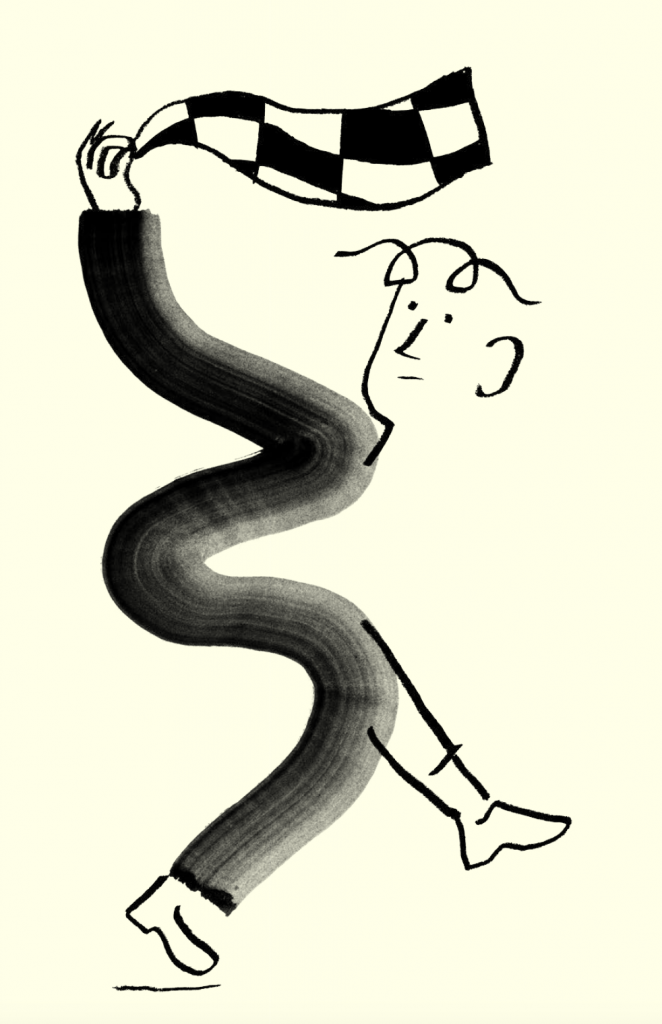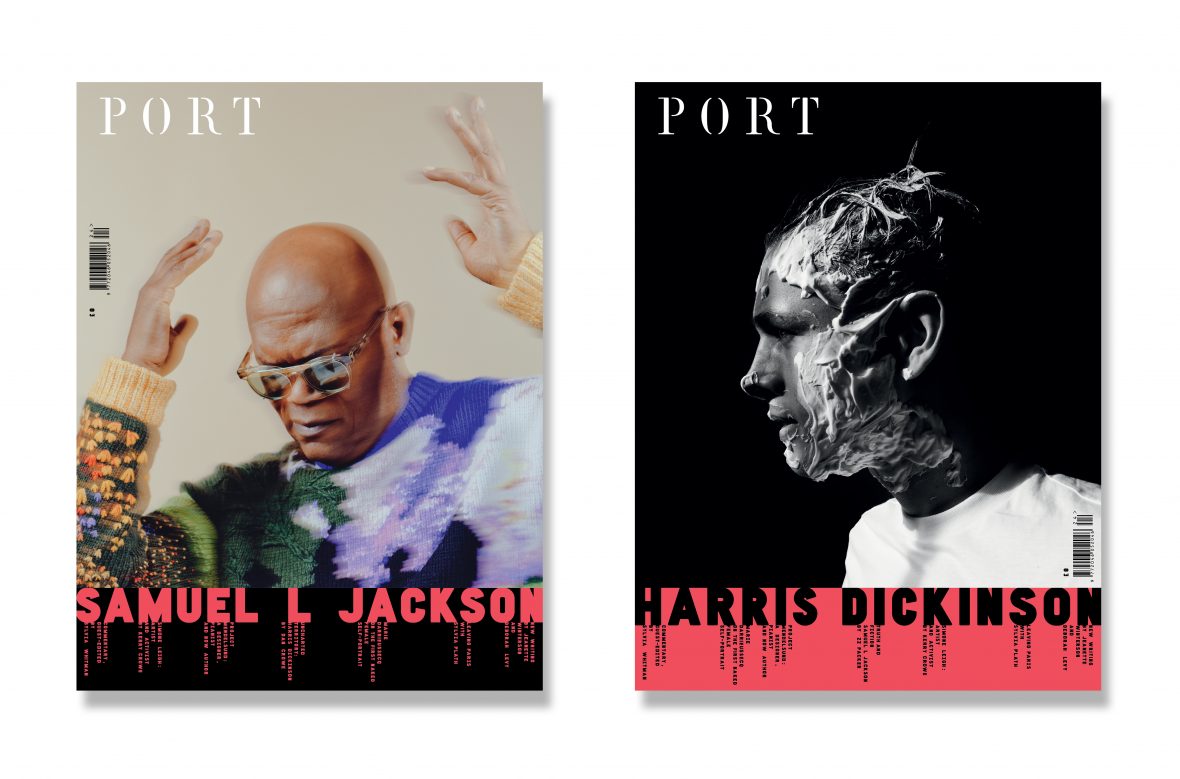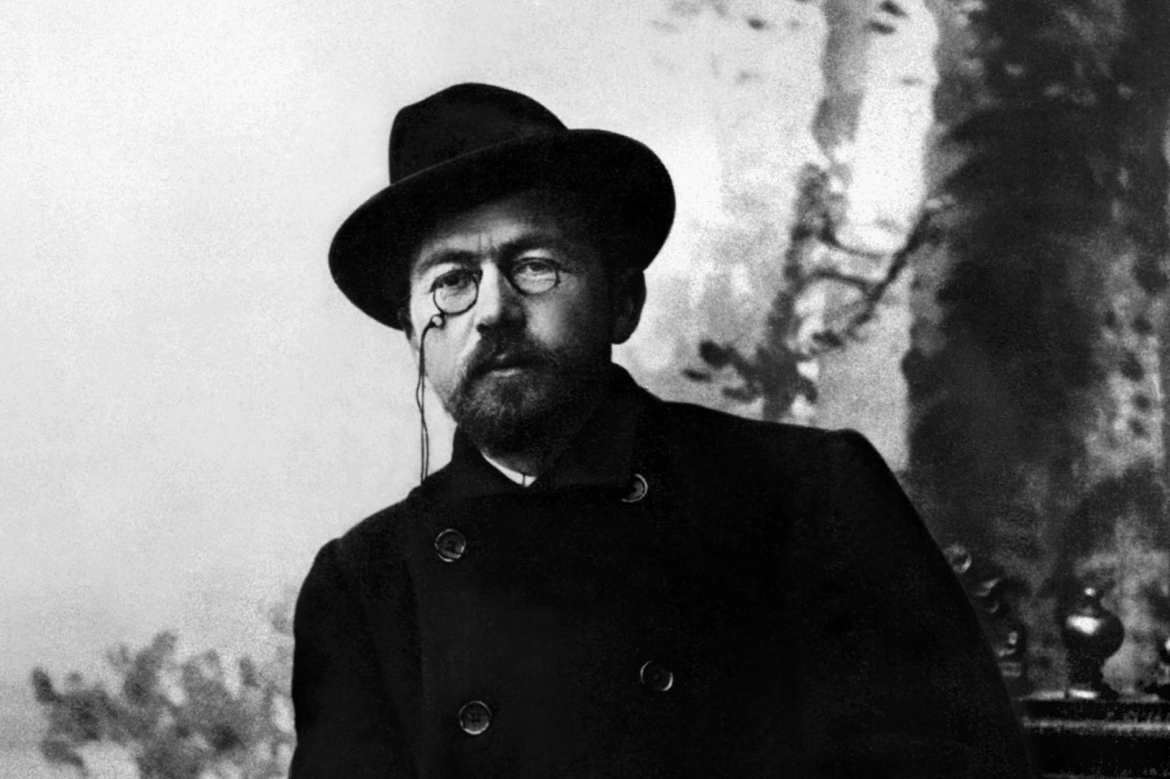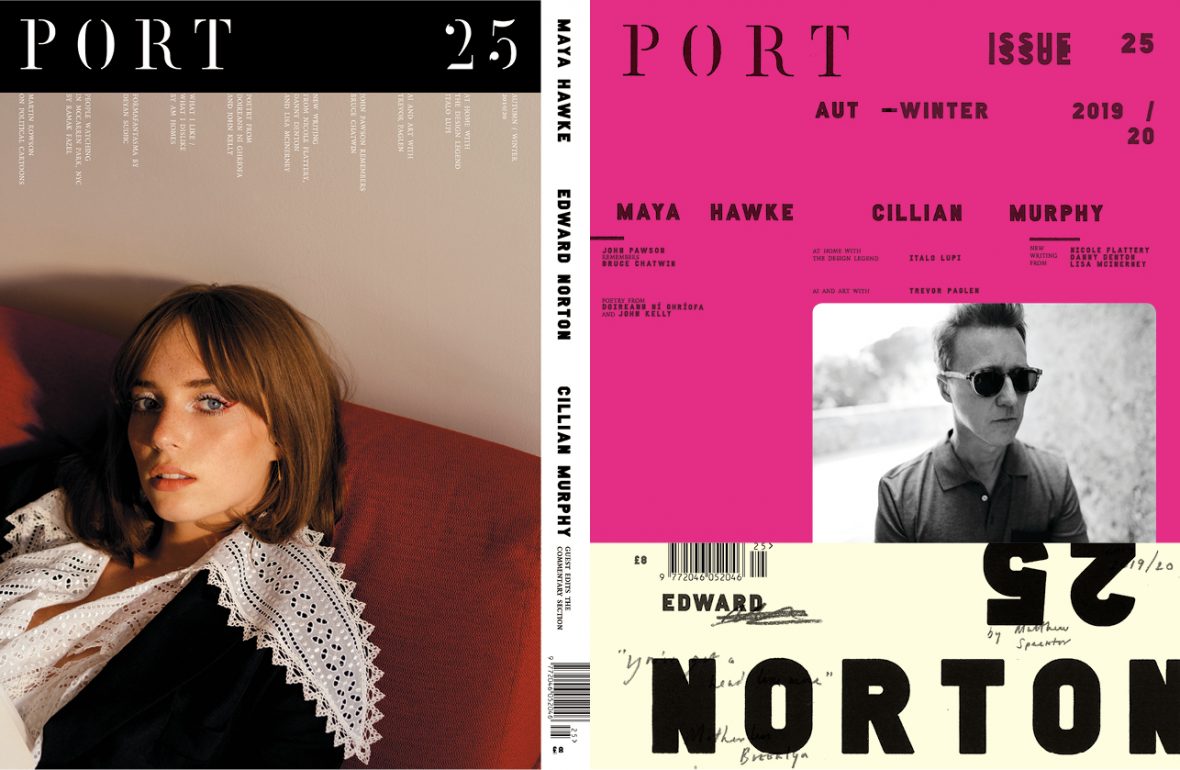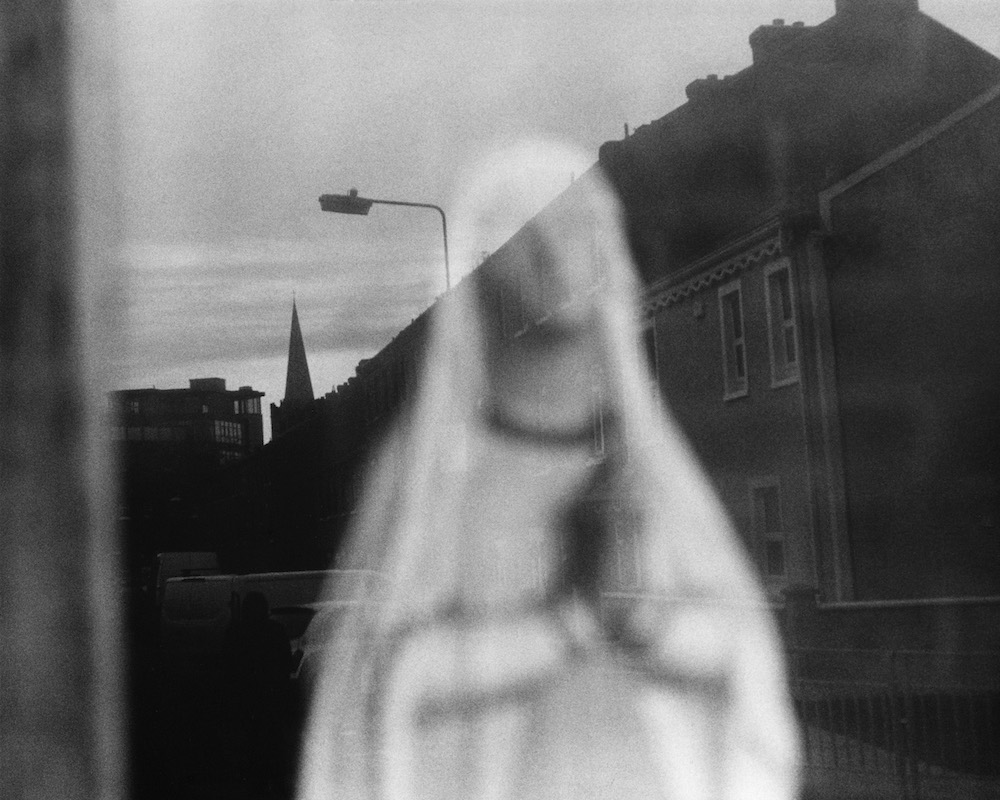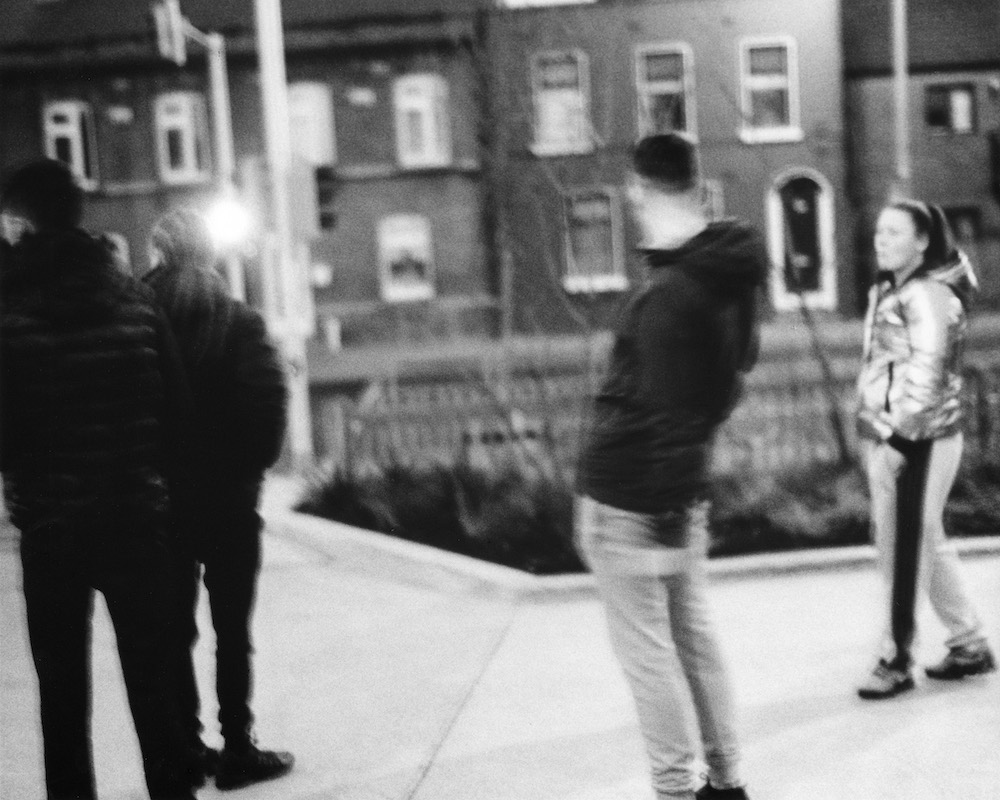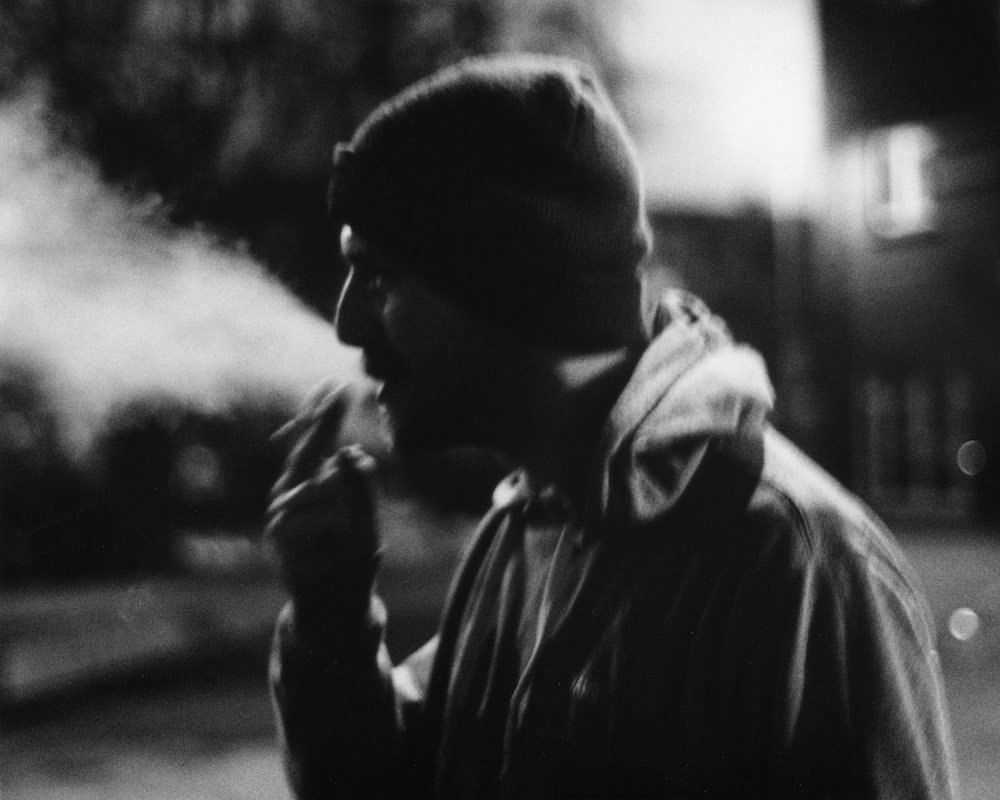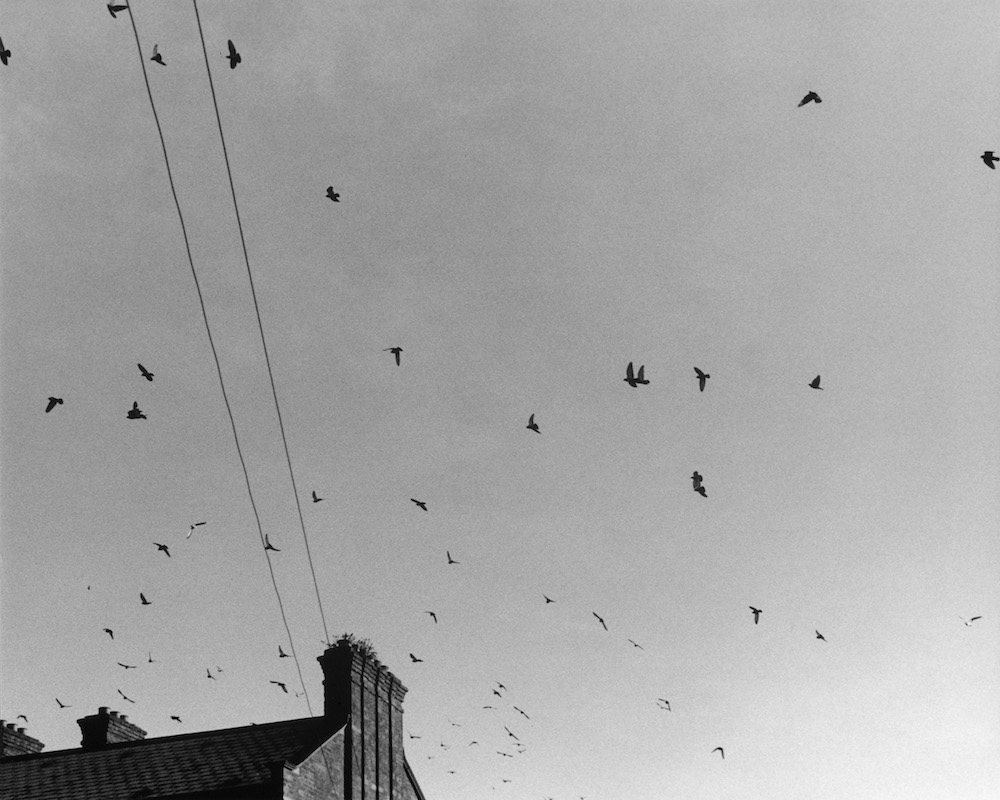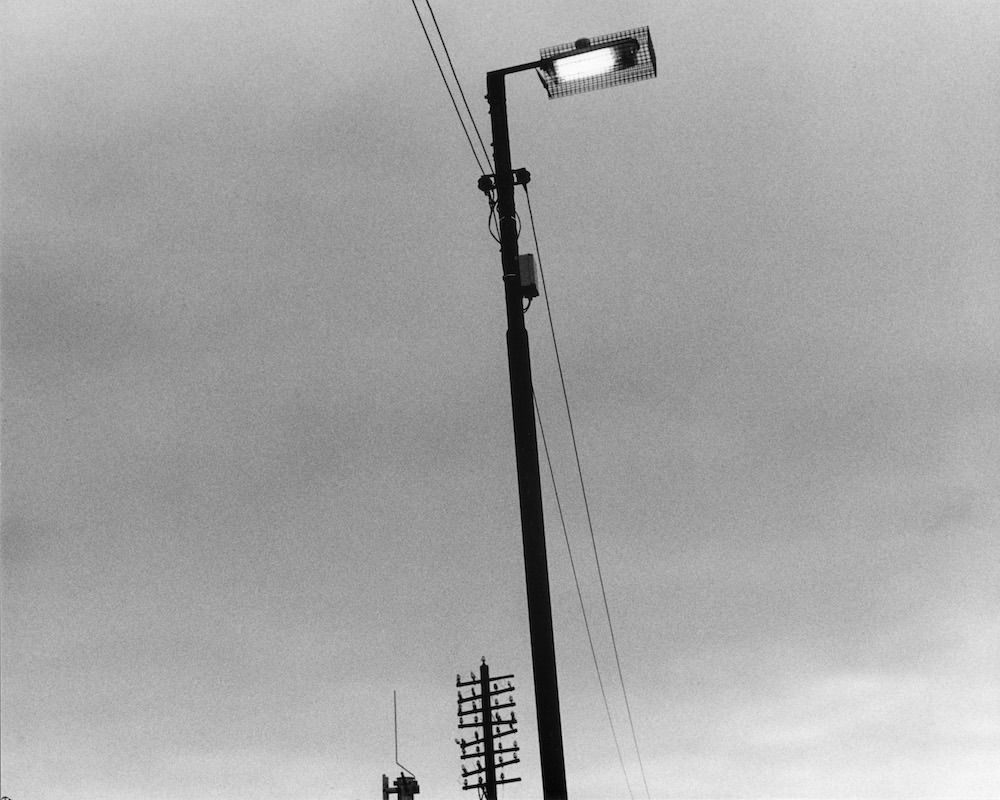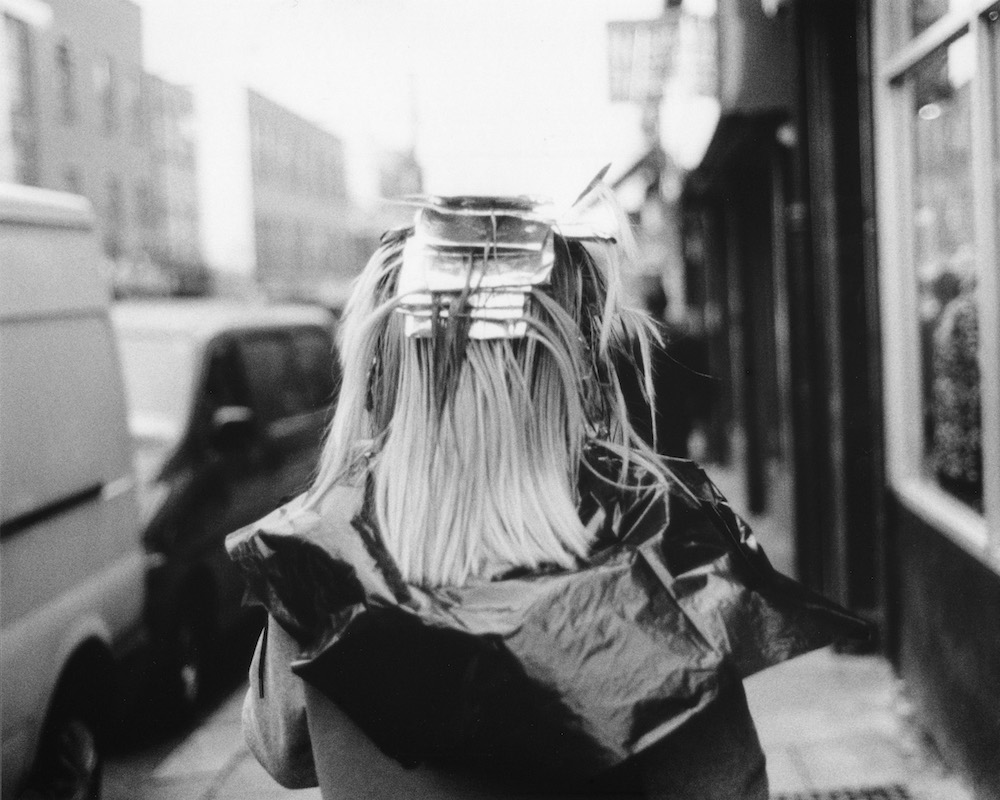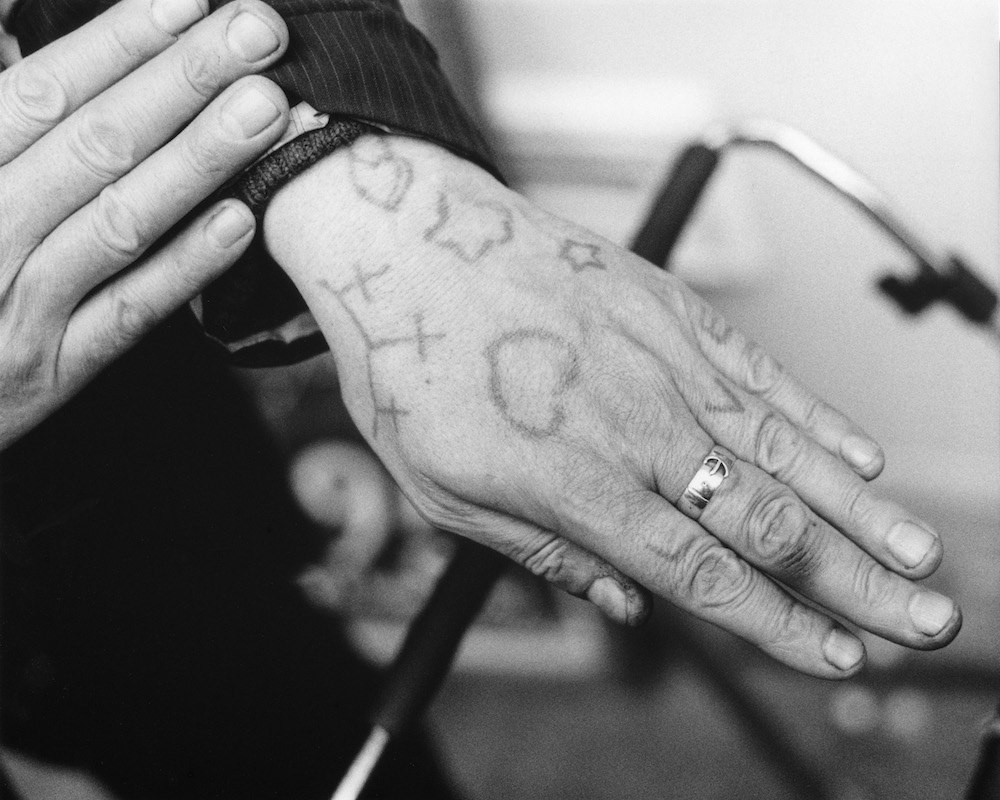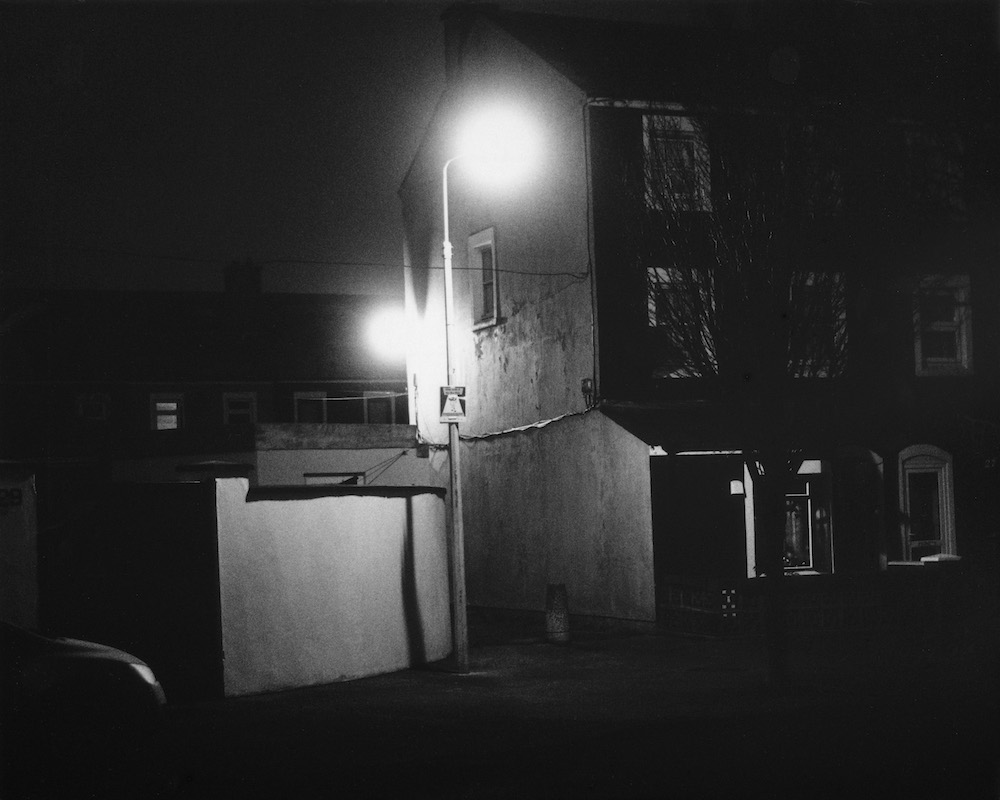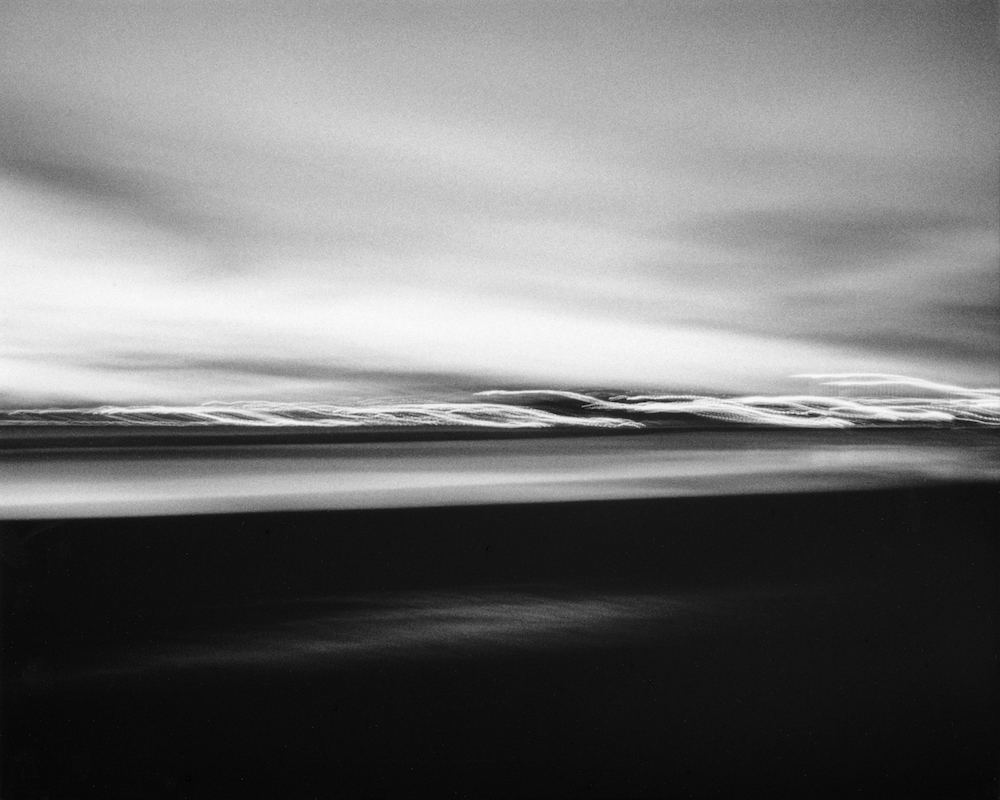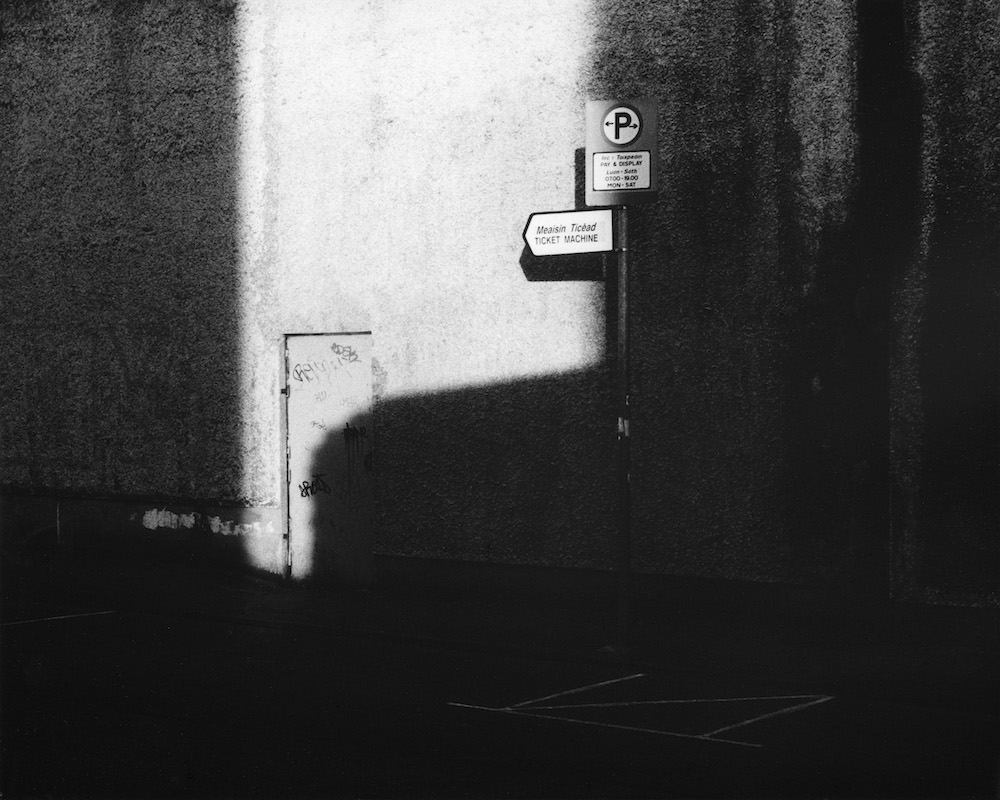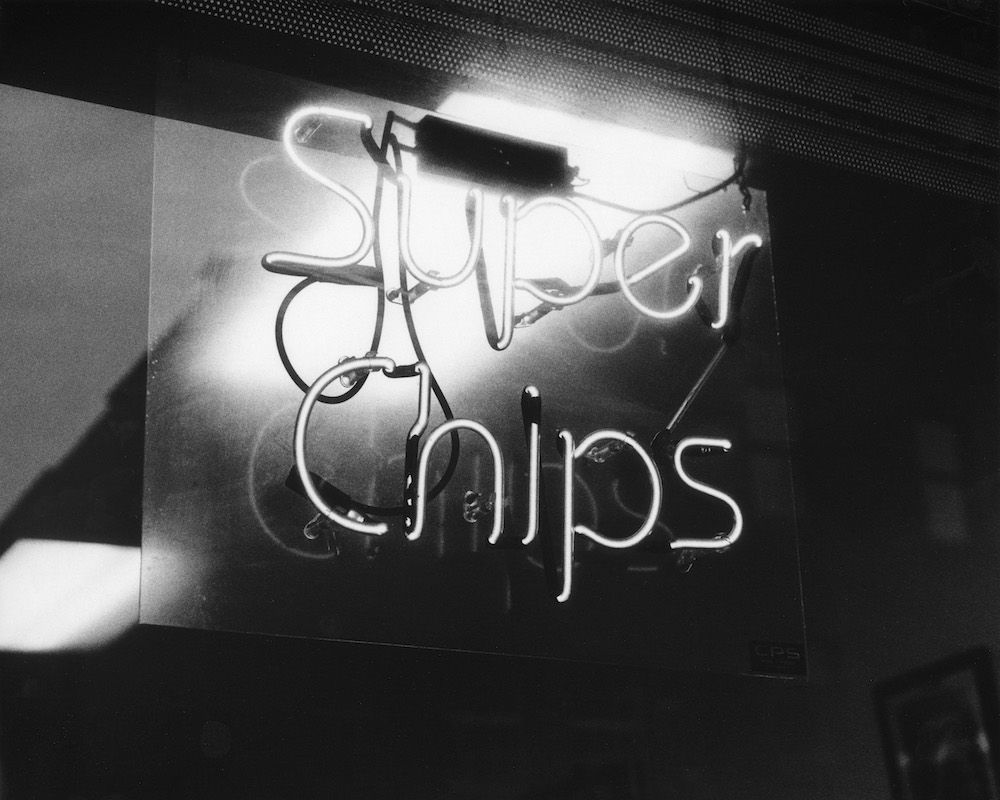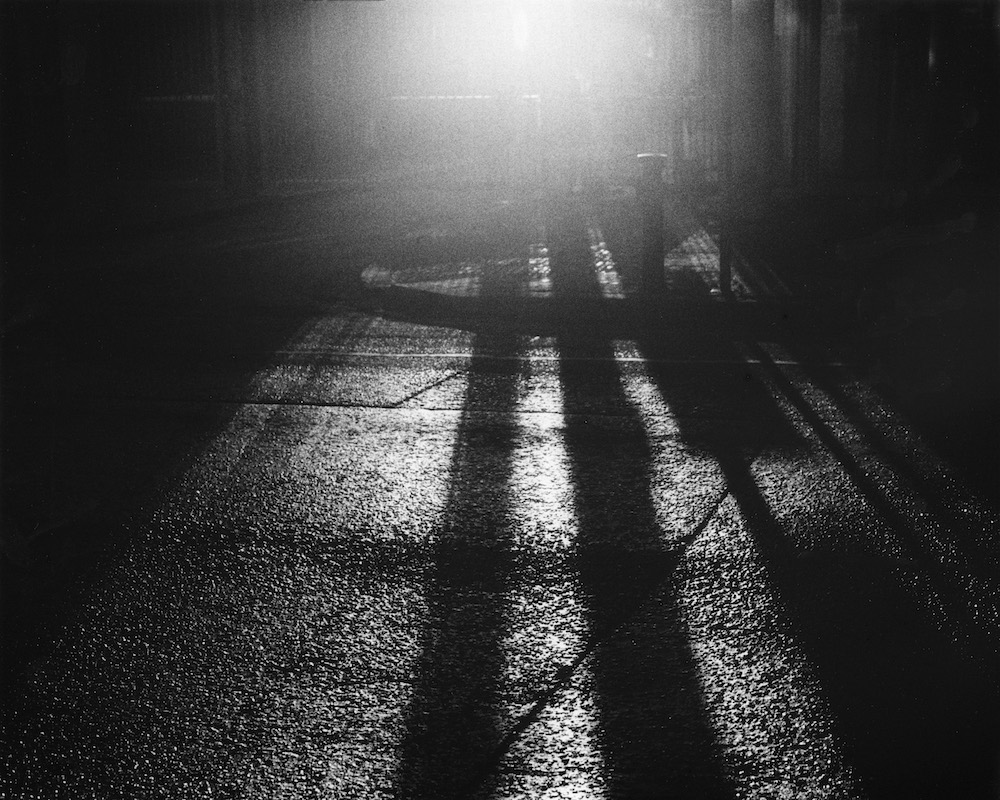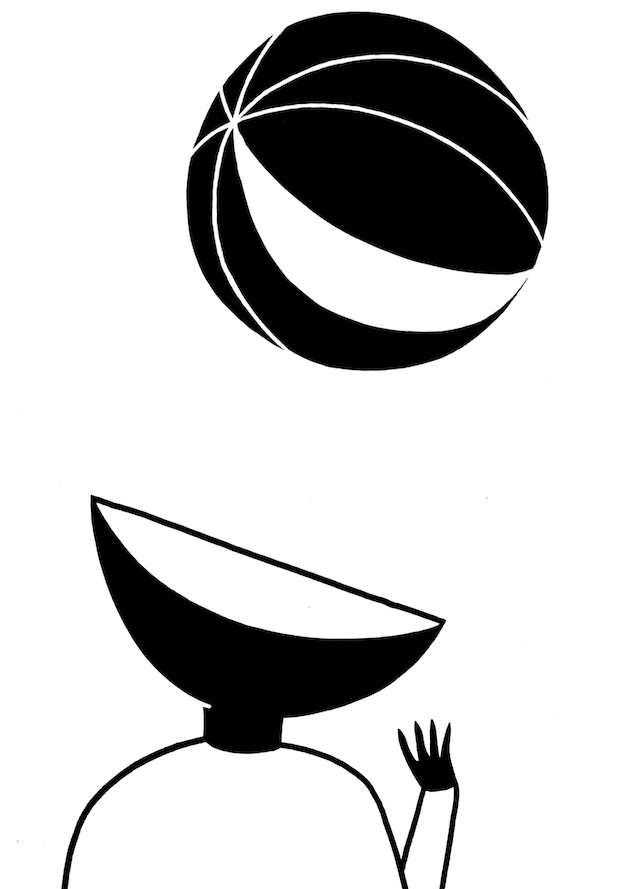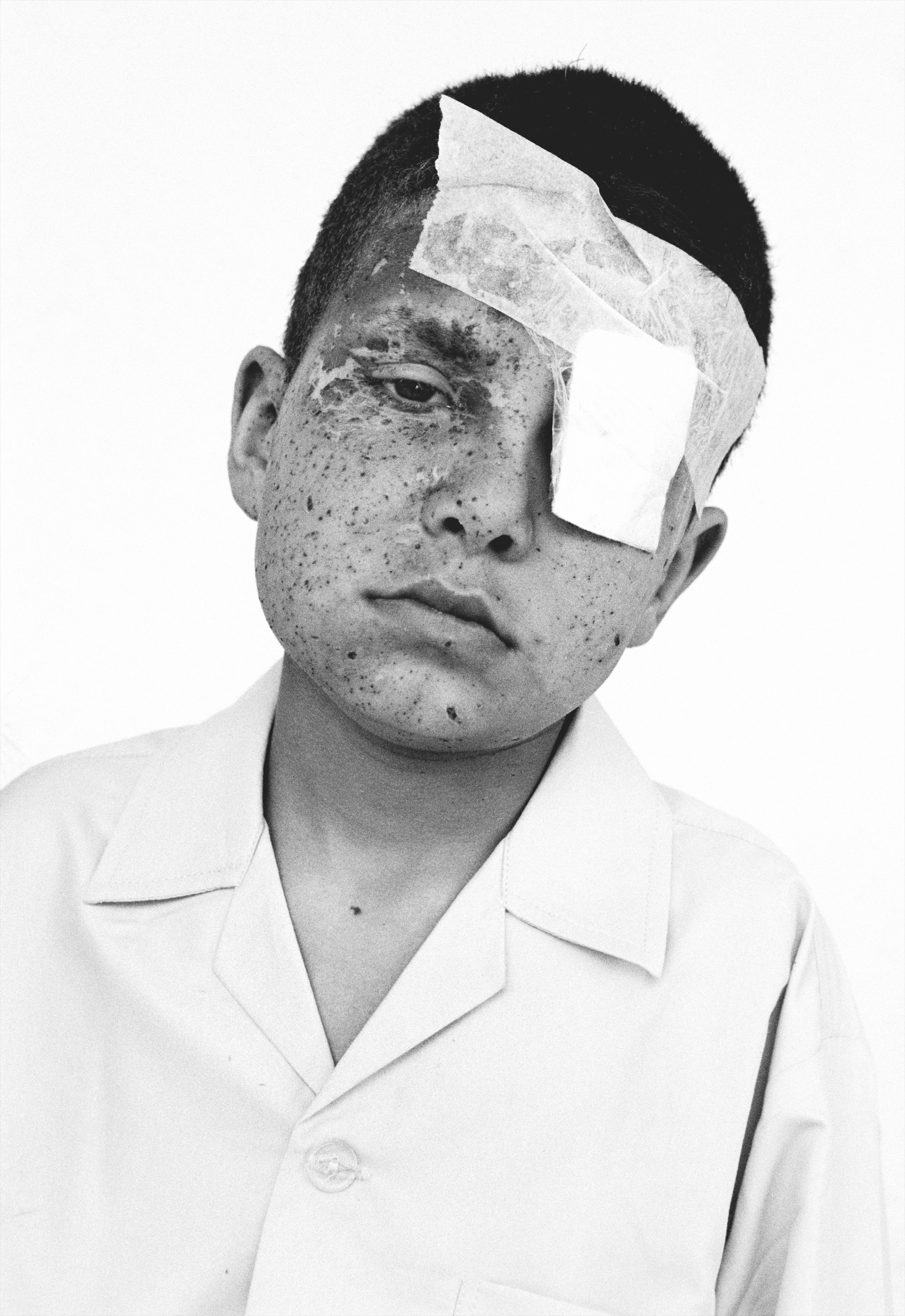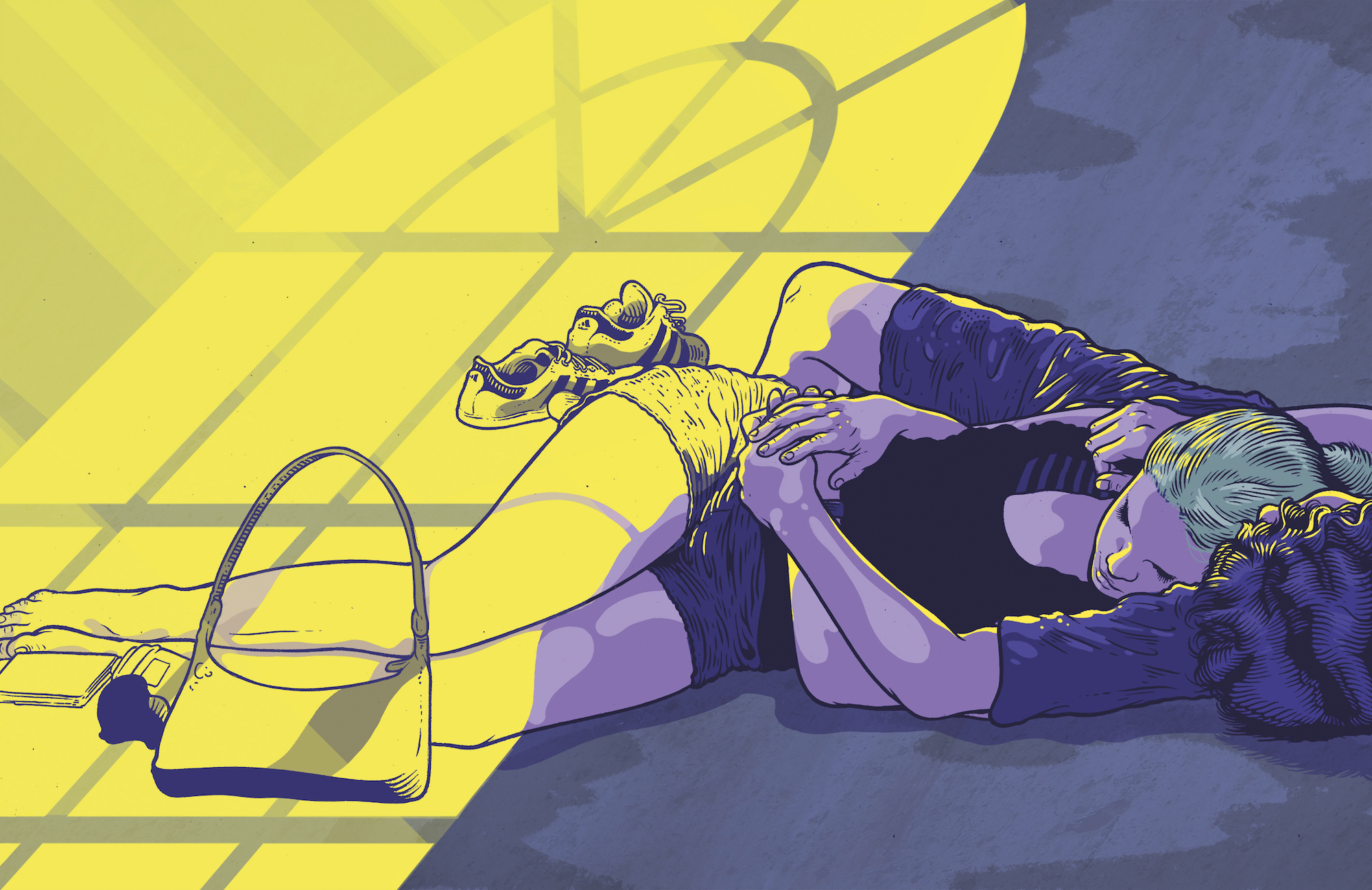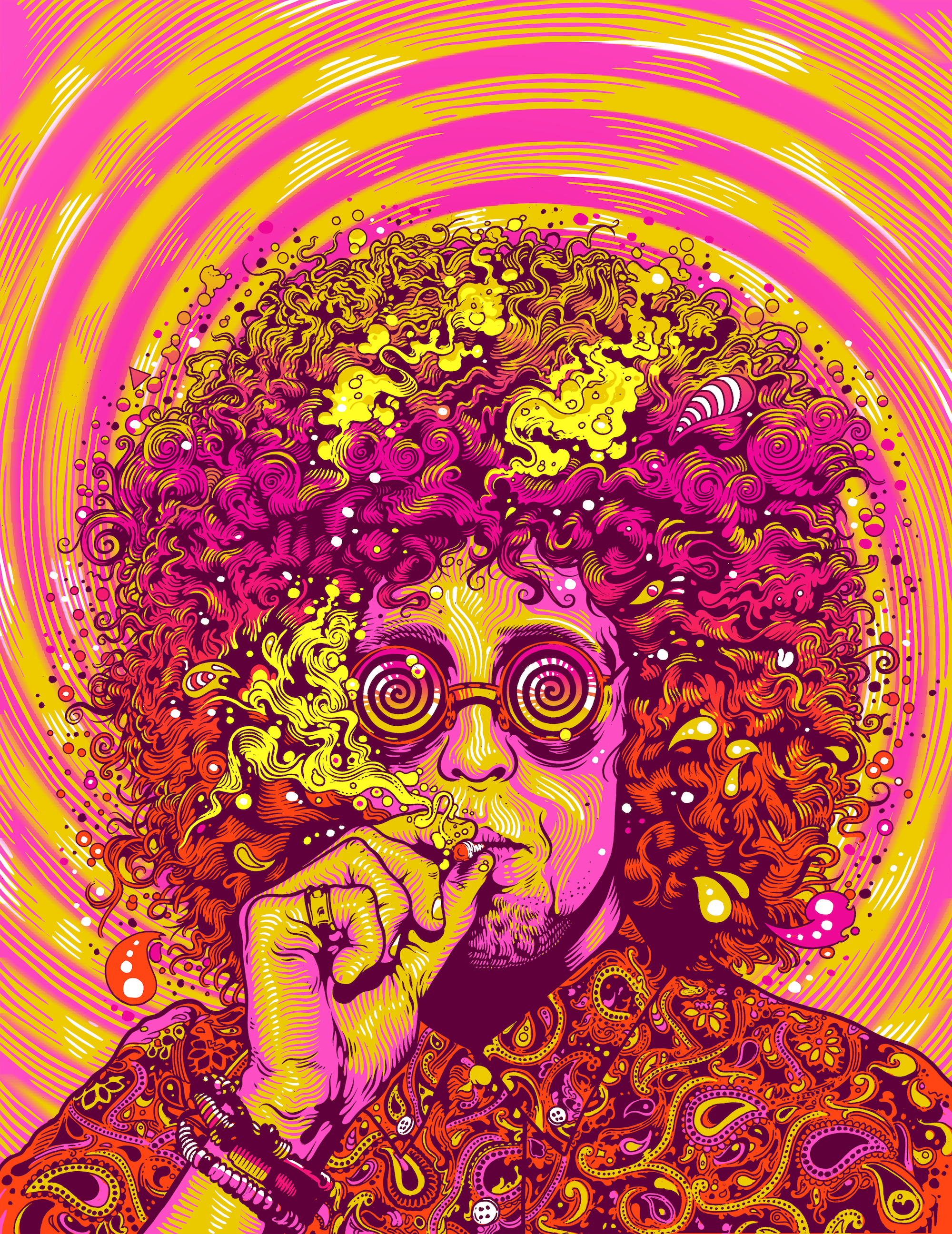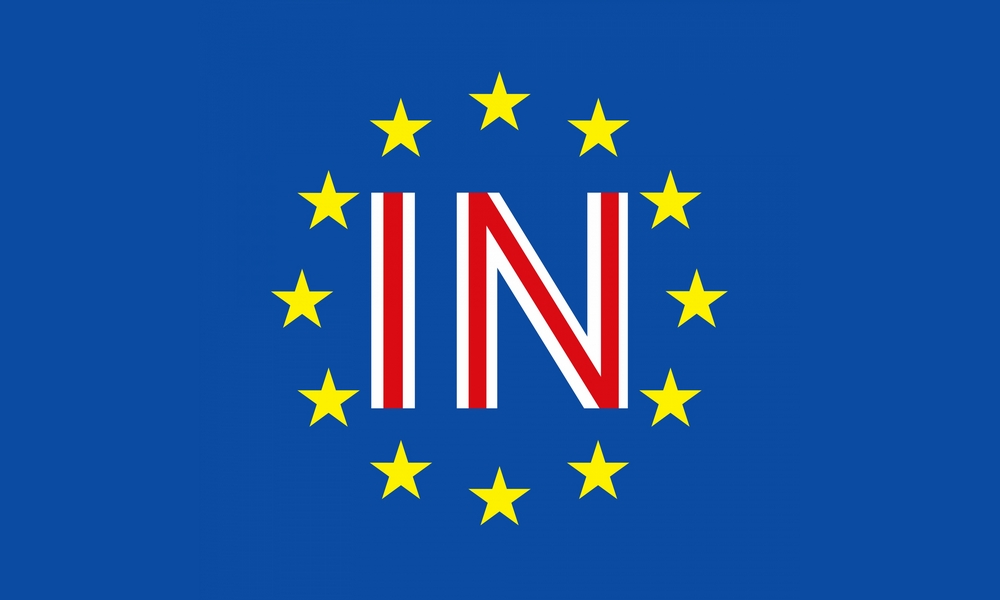Considering the extraordinary potential of genetic engineering, Brian Patrick Eha wonders whether it will aid humanity, or create a new form of inequality
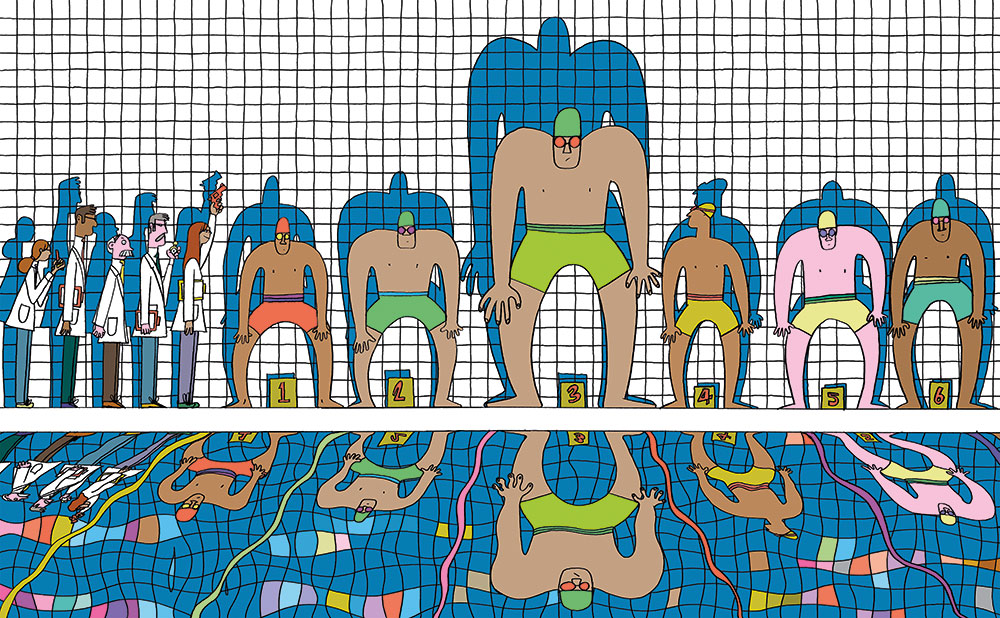
In 1866 a friar in what is now the Czech Republic, who had spent several years cross-breeding pea plants in his monastery garden, published a paper describing some of the laws that govern the inheritance of genetic traits. Largely ignored in his own time, Gregor Mendel could hardly have known all that his groundbreaking work would one day yield. Since the successful mapping of the human genome in 2003 – a kind of lunar landing for the cosmos within us – research in the field has progressed to a startling degree. Genetic engineering, once belonging only to the realm of science fiction, is now a headline-making reality.
One of the latest post-genome mapping innovations is CRISPR-Cas9, a powerful new method of gene editing that promises to give humanity the power to modify our own genetic code. By using enzymes to locate and snip out bad genes before inserting beneficial ones, CRISPR could be used to cure a host of harmful conditions, including cancer. Dubbed a ‘search and replace function’ for DNA, it could even impart HIV resistance to those at risk of infection.
Genetic engineering has other uses, too. Last autumn, Chinese scientists announced that they had engineered hyper-muscular beagles using CRISPR. By altering the dogs’ embryos, they ensured that the animals, if bred, would pass on the genetic mutation to their pups. The first CRISPR trial with human patients began this August. In the absence of new regulation, innovation continues to play out at the edge of ethics. Cell biologist Paul Knoepfler may have had the beagle experiment in mind when he told the New York Times last June that the field of genetic research “seems to move in dog years. It feels like seven times faster than real time.”
Largely unnoticed amid the furore over CRISPR has been the work of GenePeeks, an American genetics start-up whose technology could revolutionise family planning and public health. GenePeeks offers an ounce of prevention where CRISPR promises a pound of cure. Rather than editing the DNA of living cells, the company simulates the process of reproduction by digitally combining the DNA of prospective parents to find out what genetic diseases, for example cystic fibrosis, their future children would be at risk of developing.
“What our technology does is predict the genetic profile of a hypothetical child, pre-conception,” says Anne Morriss, the company’s co-founder and chief executive. “We literally make digital babies.”
It works like this: prospective parents seeking the help of a sperm or egg bank – couples with male fertility problems, same-sex couples, single women – provide a saliva sample that is analysed at GenePeeks’ sequencing lab in Missouri. Their DNA is then digitally combined with the DNA from thousands of donor sperm or eggs to produce simulated babies. The would-be parent then receives a risk report. Until now the company simply eliminated from contention any donor whose genome posed any risk whatsoever to the prospective parent’s future child. But from now on GenePeeks will share everything with clients, including the particular genes and mutations that may have led to disease. Should there be a red flag, a ‘genetic counsellor’ will be available to answer their questions; their as-yet-unconceived children’s genomes will be an open book.
The service, which costs about $2,000, is not yet available to ‘mainstream’ couples, but the numbers being crunched are staggering. GenePeeks matches clients up with every donor in its network, creates 10,000 digital babies for each pairing, and checks each digital baby for more than 8 million genetic mutations. And the technology is improving all the time. GenePeeks continually takes in new data from the US National Institute of Health, the Sanger Institute and other organisations, allowing it over time to add to the list of mutations – and resulting diseases – it screens for. (Later this year, the number of diseases will jump from more than 500 to more than 1,000.) “If there wasn’t this worldwide community of public data resources, our company couldn’t exist,” says Lee Silver, a molecular biologist at Princeton and co-founder of GenePeeks with Morriss.
As the genetic databases grow more comprehensive, it may even become possible to assess the risk of inheriting complex diseases such as diabetes, in which multiple genes are implicated rather than just the current single gene disorders. “We are entering a whole new era,” Ronald Green, a bioethicist at Dartmouth College, New Hampshire, told the Guardian in 2014, “an era where biology becomes information.”
Some 6,000 known diseases are caused by genetic mutations, but only five per cent of them can be treated. Of those we can treat, many are quite rare, making the available therapies enormously expensive. Glybera, the first gene therapy to be approved in Europe, is instructive. It treats a life-threatening disorder that causes acute pancreatitis and which afflicts about one in every 1 million people. With a price tag of $1m, it has been bought only once since hitting the market in 2012 – a “commercial disaster”, according to the Economist.
But we can’t afford to dismiss such rare conditions. The 600-odd diseases that GenePeeks detects – all of them conditions linked to individual genes – together account for more than 15 per cent of infant deaths and paediatric hospitalisations. As genetic researchers have known for nearly a decade, and clinicians are now beginning to understand, everybody on the planet is walking around with disease-causing mutations. Most rarely result in problems, because they involve recessive genes, meaning that only people who inherit mutated copies from both ‘carrier’ parents are at risk. This helps to explain why testing one parent for potentially harmful traits is not sufficient. “The patient of interest to you,” says Morriss, is not the prospective mother or father but “the child that these two people may conceive.”
That proved true for Morriss herself. Without knowing it, she was a carrier for MCAD deficiency – a serious metabolic disorder – and so was the sperm donor she and her female partner chose. Only a warning from the doctor a few days after Morriss gave birth saved her son, Alec, from dying in infancy. But for the first year of his life, she was afraid that he wouldn’t wake up in the morning. Having done everything she could to provide for her infant son, she has said, it was devastating to realise that “the biggest threat to my son’s life was embedded in my own genome.”
GenePeeks was born out of that fear. Morriss, who has an MBA from Harvard, sees the company’s service as a “natural extension” of the maternal instinct to protect the health of one’s child. She and Silver launched their initial service quietly in 2014, working with a couple of sperm banks, but in October 2016, at the annual meeting of the American Society of Reproductive Medicine, they will launch publicly, announcing their new service for the patients of fertility clinics.
In the United States, about 400,000 people visit fertility clinics each year. Another 50,000 go looking for a sperm donor, and a further 25,000 seek out an egg donor. In the first year, then, nearly half a million Americans will be eligible for a GenePeeks test. By the end of 2016, the service will have also been rolled out in Japan.
With a potential client base of that size, the company could kick off a revolution in public health, making it de rigueur to identify and eliminate disease risk before conception. Such a sea change in reproductive care would sharply reduce infant and childhood mortality rates, as well as the number of elective abortions performed after prenatal testing reveals a disorder in the foetus. Of those tested, “most people will get great news,” Morriss says. “More than 90 per cent of people will learn there isn’t a risk. But in six or seven per cent of the cases there’s going to be a real risk” – a 25 per cent chance that the parents’ child could be born with a serious disease.
To read through the list of harmful conditions GenePeeks screens for is to confront a host of exotic pathologies, of which the public has little or no awareness. There is combined SAP deficiency, which can cause muscle twitches and seizures as well as fatal lung infections; Ellis-van Creveld syndrome, which stunts bone growth and commonly causes life-threatening heart defects; hyaline fibromatosis syndrome, which slows growth, causes painful bumps in skin and, in its severe form, can result in death. There are hundreds more like them – or rather unlike them, for each is unique, and uniquely terrible.
The idea that we could wipe out these diseases, make them extinct, is enormously appealing. Morriss says: “We would like to be standing at the door of every fertility clinic or practice or family practice”. Standing, that is, at the doorway of life, ready to thrust back the frailties of mankind.
There is a subtle but crucial point to make here: GenePeeks’ service does not ensure that all children will be born free of genetic disease; it ensures, rather, that genetically diseased children will not be born. Embryos with defective genes will never be given a chance at life. Even if the technology had existed before Morriss herself gave birth, she would not have been able to spare her son the dangers of MCAD deficiency; she would instead have given birth to a different son, using a different sperm donor. Alec would never have existed.
For those couples committed to the idea of conceiving together who have a high likelihood of passing on a harmful disease, GenePeeks’ service can be used as an early-warning system, preparing them for the challenges they might face after birth. It can also be coupled with in-vitro fertilisation – creating embryos, testing each of them for genetic mutations and implanting only those which are disease free into the mother’s womb, while discarding the rest. In that way, every parent could ensure the birth of a healthy child.
It thus becomes a fraught question as to what we consider a disease. The bestselling book NeuroTribes, for instance, has argued that autism should be treated less as a potentially curable disease than as a different mode of cognition, a different way of being. Silver acknowledges that there may be an “ideological battle” to come, but for now, he says, every disease GenePeeks screens for quite plainly involves “a deficiency in gene activity”. When it becomes possible to evaluate risk for more complex conditions, says Silver, “we’re going to be focusing on conditions that are a serious detriment to life.” (He includes autism among them, and told me last year that GenePeeks could already catch 20 per cent of autism cases with its current technology.)
In interviews, Morriss is adamant about not being in the ‘designer baby’ business, insisting that her company’s clients are interested only in healthy – not perfect – children. GenePeeks’ patents, however, far from reflecting this narrow mandate, are incredibly broad, covering “the likelihood that a hypothetical child of any two persons […] will express any trait or disease that is subject to genetic influences” – including height, eye colour and skin colour. It’s not hard to imagine this technology – or that of a future competitor – expanding from strictly therapeutic to purely cosmetic uses.
Should parents, for example, be able to select their future child based on appearance? The technology to do this already exists. GenePeeks’ patents declare that “same-sex and infertile couples will be able to simulate the genomic profile of their ‘own’ purely hypothetical child and match this profile to the ones created virtually .”
Stephen Latham, the director of Yale University’s Interdisciplinary Center for Bioethics, puts the case against so-called “liberal eugenics” eloquently. While selective reproduction “can have some good effects in the sense that it can avoid expense, burdens on families, burdens on caregivers,” he says, “it has a very bad effect on currently existing disabled people, because it makes them rarer, it makes us less used to dealing with them and it makes us want to devote fewer resources to them. It makes us blame their parents for their existence – as if any good parent would have avoided having a child that creates this kind of burden. If we have a world where people can avoid having children with disabilities, then when people with disabilities are born, they will be that much more marginalised.”
Silver himself was once a proponent of radical genetic engineering – a kind of CRISPR run amok. In his 1997 book Remaking Eden, he opined that “in a society that values individual freedom above all else, it is hard to find any legitimate basis for restricting the use of reprogenetics.” Yet he predicted that the use of these technologies eventually would enshrine in society a caste system divided between what he called the ‘GenRich’, a genetically enhanced elite, and the unmodified ‘Naturals’, a permanent underclass. Eventually, he writes, “the GenRich class and the Natural class will become […] entirely separate species with no ability to cross-breed, and with as much romantic interest in each other as a current human would have for a chimpanzee.” Silver now finds such predictions naive.
“What I didn’t realise then and have since come to realise, is that just because something can be done, doesn’t mean it will be done,” he says. “CRISPR is a pretty drastic step. It’s genetic engineering of the embryo with a friendlier name. People get very worried when it comes to altering the genomes of human beings. We’re not doing that. We’re going to let parents have an embryo implanted that might have been implanted anyway. But instead of rolling the dice, we’re putting the dice on the table.”
CRISPR, it turns out, can inadvertently go off target, ignoring the right genes and snipping the wrong ones, modifying regions of the genome potentially to harmful effect. New research has shown that the algorithms developed to predict off-target effects – and to look for them in CRISPR’d cells before introducing the cells to a patient’s body – miss a significant number. Imagine trying to cure a patient’s cancer with CRISPR, only to find that you’ve accidentally activated a cancer-causing gene. Rolling the dice indeed. GenePeeks’ service, says Morriss, is “a much safer and a much saner way to protect the health of your family”.
CRISPR research shows no sign of slowing down. The very real risks, to say nothing of popular concerns about playing God, haven’t stopped researchers from racing to develop and perfect new techniques, nor have they stopped venture capitalists from pouring tens of millions of dollars into the start-ups trying to harness and market the technology. So what will the public ultimately choose: an ounce of prevention, or a pound of cure? Will people reject such technologies altogether? Or will the prevention of genetic diseases prior to conception become mandatory, like vaccinations after birth?
In all likelihood, it will be parents themselves who drive the demand for such services. Why should we let the imperfections of our genes hold our offspring back? “We are at a place as a species that we can do this,” Morriss has said.
Fast forward to 2026. What might a world of ubiquitous genetic intervention look like?
By then effective gene therapies may exist for many diseases, while GenePeeks may be able to detect children’s risk of inheriting even complex conditions such as heart disease and diabetes. Less positively, the world of sport might well be scandalised by widespread “gene doping” – think hyper-muscular beagles in human form.
Some couples – or some countries – may take China’s one-child policy much further, selecting and bringing to term only those embryos with their preferred sex, skin colour, eye colour, height and other attributes. In Western nations, on the other hand, you may need a religious exemption to get out of mandatory genetic screening before having a child, just as my parents did to get me out of vaccinations as a tot. Insurance companies may refuse to cover your kids if they end up being born with a disease you could have prevented.
In the future, genetic inequality may be the issue of the day, just as income inequality is in ours. Feminists could demand that a GenePeeks-like service be fully subsidised by the government, arguing that to deprive a mother-to-be of such a vital procedure would prevent her from making a fully informed reproductive choice. Meanwhile, bioethicists will debate issues of privacy and consent related to unborn babies.
These things may never come to pass, or they may only scratch the surface of the radical changes to come. Morriss, who started her career working on poverty issues in the developing world, points out that the world is already “genetically stratified”, since in many countries only the affluent can afford to care for a child with a serious inheritable disease. The latest drug to treat cystic fibrosis costs more than £100,000 a year – so much that the United Kingdom’s National Institute for Health and Care Excellence rejected it as too expensive for the National Health Service. While the drug is available in the US, France and Germany, “kids with cystic fibrosis are being born all over the world,” Morriss points out. “What we’re talking about is a world where you have a fighting chance to protect your family.”
Even Latham readily admits GenePeeks’ potential for good. But he’s concerned about the idea of expanding its service to cover complex conditions in which multiple genes are implicated, the interactions of which are not well understood. “The moment you get away from pretty simple single-mutation diseases, you start getting into a world where actually we’re not very good at genetics yet,” he says. And he wonders openly how parent-child relationships might change “if, rather than children being a surprise and a gift, they start looking like a selected product”.
Between parents’ urges to safeguard their children and governments’ need to rein in health costs, the ability to avert, or repair after the fact, the most devastating outcomes of conception will likely be irresistible. Beyond that, who knows? As Silver wrote in Remaking Eden, “The desire to have biological children and to provide them with the greatest number of advantages is a powerful force indeed.”
Words Brian Patrick Eha
Illustration Celyn Brazier
This article is taken from PORT issue 19, out now.
